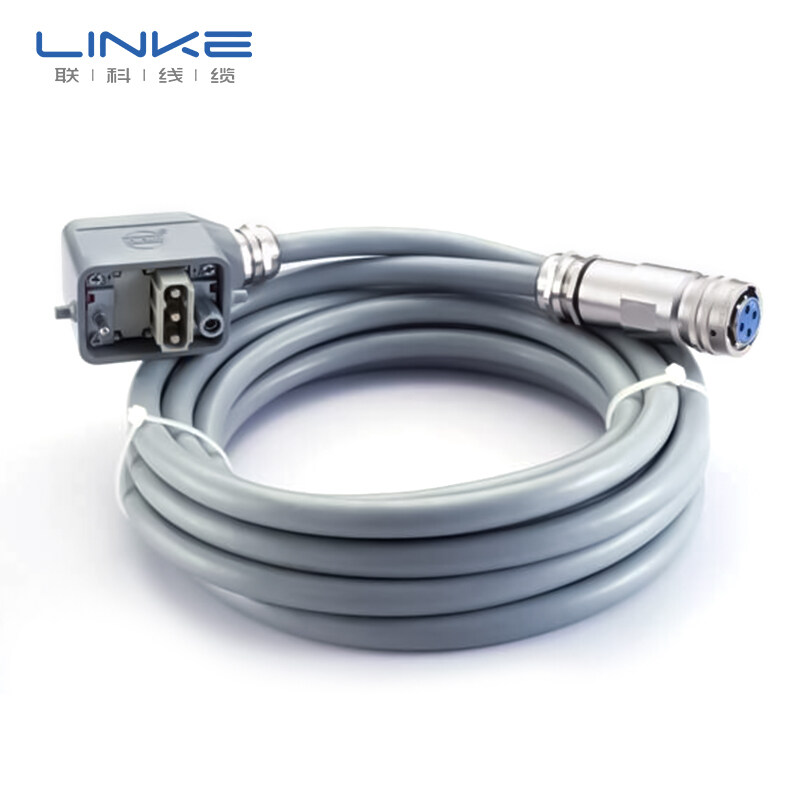Email format error
Email cannot be empty
Email already exists
6-20 characters(letters plus numbers only)
The password is inconsistent
Email format error
Email cannot be empty
Email does not exist
6-20 characters(letters plus numbers only)
The password is inconsistent

News at Linke
News from National Cable And Wire Manufacturing Company.

Factors to Consider When Designing a Custom Robotics Cable
Designing a custom robotics cable requires careful consideration of various factors. These factors not only influence the performance and reliability of the cable but also impact the overall functionality and efficiency of the robotic system as a whole. In this blog post, we will explore the key factors to consider when designing a custom robotics cable.
1. Mechanical Specifications:
The mechanical specifications of a robotics cable determine its durability and flexibility. Consider factors such as the required length, bending radius, and environmental conditions in which the cable will be used. The cable should be able to withstand the rigors of repetitive and dynamic motion without compromising its structural integrity. Additionally, it should have sufficient flexibility to allow smooth movement of the robot without causing excessive strain or resistance.
2. Electrical Requirements:
Understanding the electrical requirements of the robotic system is essential when designing a custom cable. Consider parameters such as voltage, current, and signal types that the cable will need to transmit. Ensure that the cable is designed to handle the specified electrical parameters to prevent signal loss, interference, or overheating. Moreover, consider the need for shielded or non-shielded cables depending on the susceptibility to electromagnetic interference in the environment.
3. Signal Integrity:
Signal integrity plays a critical role in maintaining the accuracy and reliability of the robotic system. Minimizing signal distortion, crosstalk, and noise is essential to ensure proper communication between various robotic components. Consider the type of signals being transmitted (analog or digital) and the required data rates when selecting the appropriate cable design. Employing techniques such as twist pairs, shielding, and proper grounding can help improve signal integrity.
4. Environmental Factors:
The environment in which the robotic system operates greatly impacts the cable design. Consider factors such as temperature extremes, vibrations, moisture, and exposure to chemicals or oils. Employ materials that are resistant to these environmental conditions, and ensure that the cable's insulation and jacketing are capable of protecting internal components from external hazards. Opting for cables with appropriate ingress protection (IP) ratings can enhance reliability and longevity.
5. Robotic System Considerations:
Understanding the specific requirements of the robotic system is crucial. Consider factors such as the number and types of connectors needed, cable routing, and space limitations. Ensure that the cable design allows for easy installation, maintenance, and replacement. Moreover, consider future scalability and flexibility, as changes or additions to the robotic system may require modifications to the cable design.
6. Compliance and Certification:
Complying with industry standards and certifications ensures the performance, safety, and interoperability of the robotic system. Ensure that the custom robotics cable adheres to relevant standards such as ISO, UL, or IEC, depending on the intended application. Seek certifications from recognized organizations to validate the performance and reliability of the cable.
Conclusion:
Designing a custom robotics cable involves considering various factors to ensure optimal performance, reliability, and longevity of the cable and the robotic system as a whole. Mechanical specifications, electrical requirements, signal integrity, environmental factors, robotic system considerations, and compliance with industry standards are key aspects to be addressed. By giving due attention to these factors, engineers can design a custom robotics cable that meets the specific needs and challenges of the intended robotic system.


